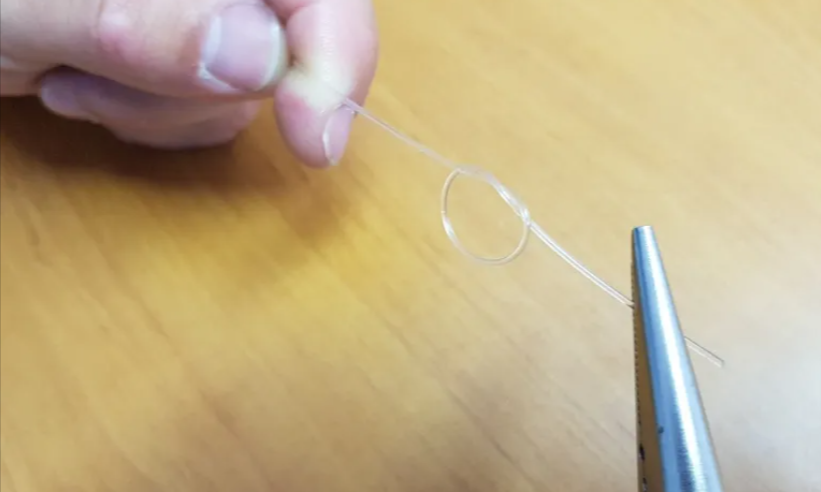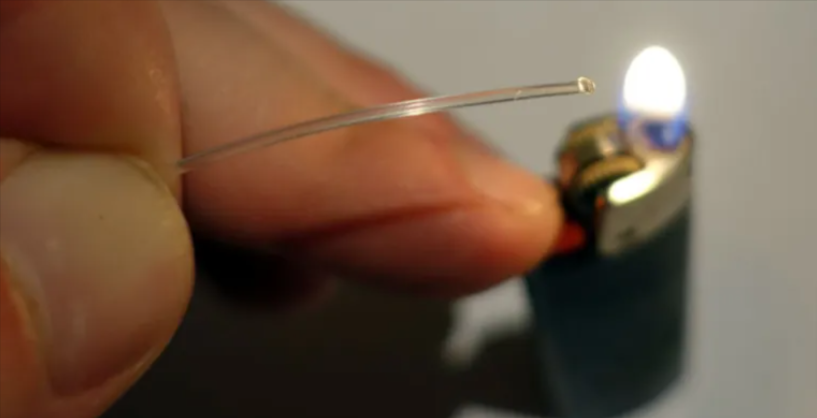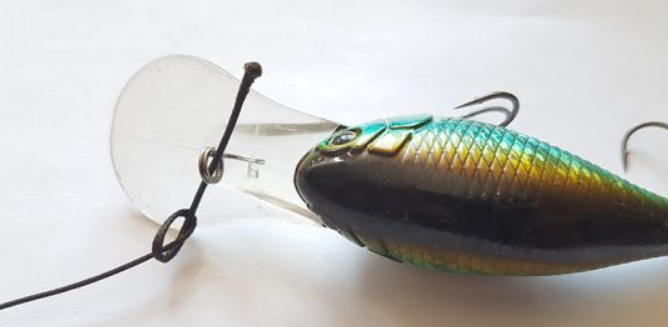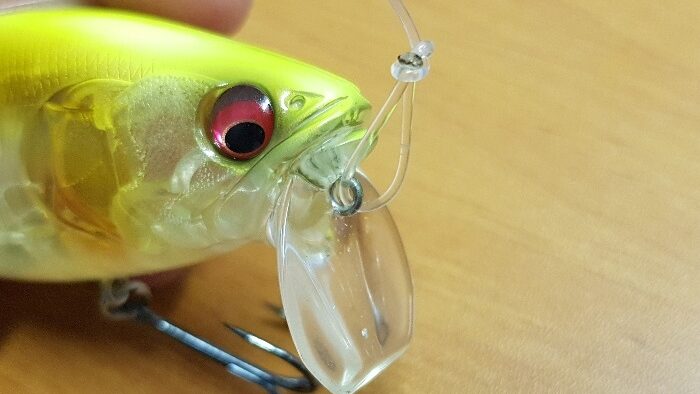Staple knot - Steps to a perfect staple knot
The staple knot is a widely used fishing knot. to connect a fluorocarbon leader to its lure. This fishing knot is particularly easy to tie and incredibly strong. Sceptical at first, the staple knot has shown us time and time again just how reliable it is. Pike, catfish, tarpon, bonefish and other exotic fish have all put this knot to the test, without any breakage. So this knot is incredible for its ease, speed and durability. In this article, we'll explore the advantages and disadvantages of the fluorocarbon knot and how to make this knot easily.
What are the advantages and disadvantages of this fishing knot?
As the name suggests, this knot means you don't need to use a staple on your lures. The first advantage of the staple knot is that it replaces a traditional staple and makes it very easy to change lures. Unlike other fishing knots, there's no need to cut your leader and start your knot all over again. Once you've made your staple knot, you can keep it as long as the line isn't damaged.
What's more, tying a staple knot is extremely simple. All you need is a 100% fluorocarbon leader and a lighter.
As for the disadvantages, to be honest with you we don't really see any. However, you'll need a large-diameter leader and 100% fluorocarbon to use it. The staple knot is not necessarily suitable for all lures and fishing techniques. We therefore advise against using the staple knot on small lures or lures with small eyelets. The reason for this is explained below.
How do I make a staple knot?
Step 1: Tie a simple knot 4-5 cm from the end of your leader, but don't tie it too tightly.

2nd stage: Next, take a lighter and lightly heat the end of your fluoro leader. On contact with the flame, the fluorocarbon should melt and form a small mushroom. There's no point in burning the end, as this would only weaken the whole.

Step 3: Pass the mushroom through the eyelet or tie of your lure as you would a staple.

4th stage: Pass the mushroom through the knot formed in step 1 and tighten.

Your mushroom is then locked by the knot and will lock the loop during combat thanks to the tension exerted.
If you want to change lure, simply loosen the knot and release the mushroom, then start again from step 3.
Note that the larger the diameter of your fluorocarbon, the more complicated it will be to get your mushroom through certain eyelets. So keep this in mind when you're out on the water.
How to make a staple knot on video
To conclude, here's a video tutorial from pecheur.com to help you understand how to make a staple knot.
Useful links completing this article:
Rapala knot: The steps to make a rapala knot
Palomar knot: the easy and reliable fishing knot
Braid or nylon: Which line to choose for lure fishing?
FG knot: How to make a perfect FG knot ?
Casting or spinning: which choice to adopt?
Fishing knot: 5 essential fishing knots to master
Which fishing rod to choose according to the lure used?